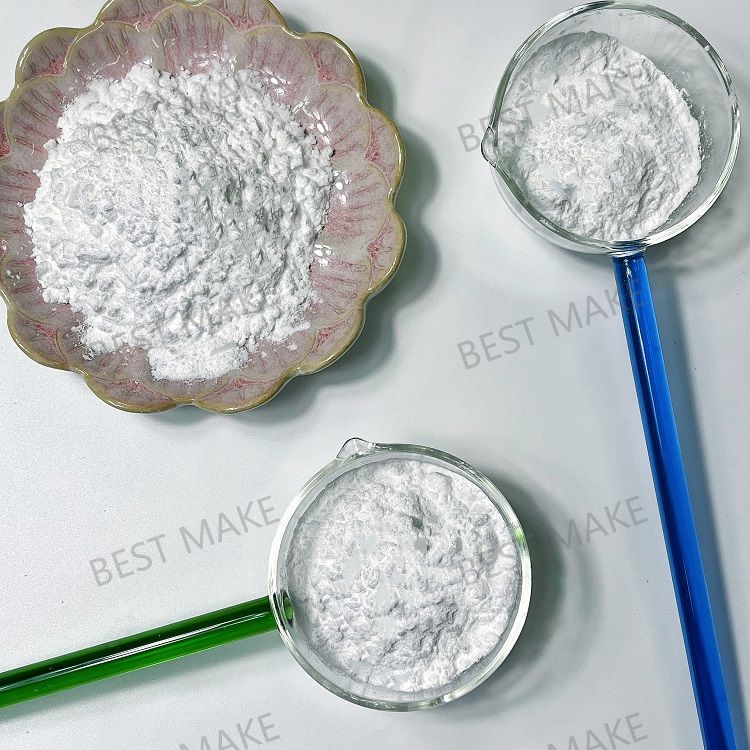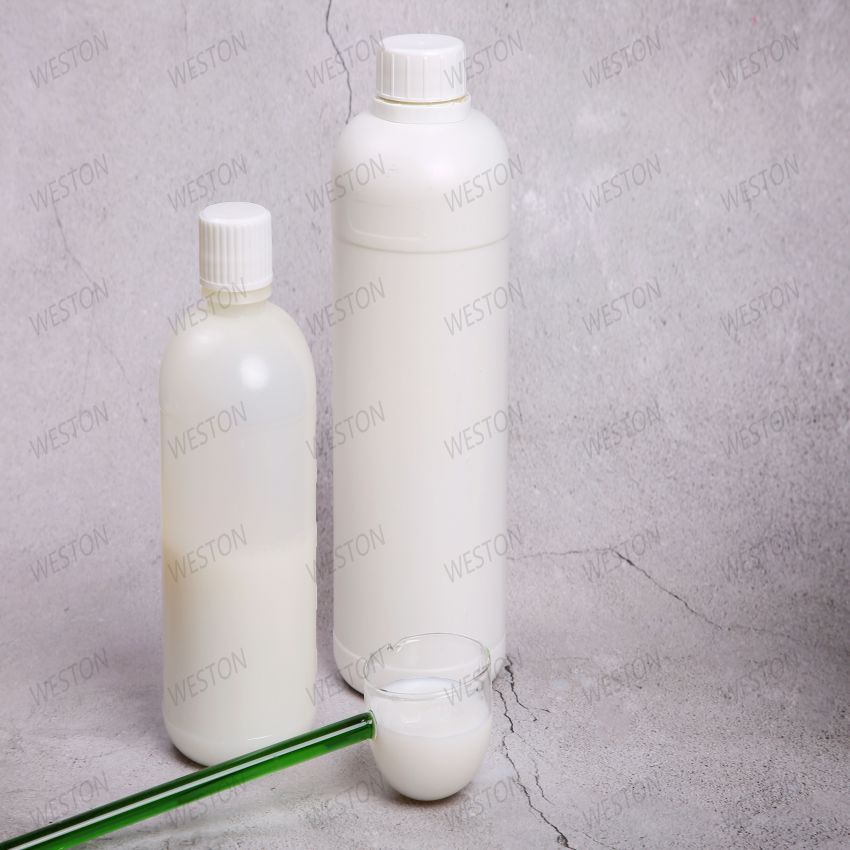-
Categories
-
Pharmaceutical Intermediates
-
Active Pharmaceutical Ingredients
-
Food Additives
- Industrial Coatings
- Agrochemicals
- Dyes and Pigments
- Surfactant
- Flavors and Fragrances
- Chemical Reagents
- Catalyst and Auxiliary
- Natural Products
- Inorganic Chemistry
-
Organic Chemistry
-
Biochemical Engineering
- Analytical Chemistry
- Cosmetic Ingredient
-
Pharmaceutical Intermediates
Promotion
ECHEMI Mall
Wholesale
Weekly Price
Exhibition
News
-
Trade Service
The people regard food as the heaven, and food as the first priority
The inspection of sanitary indicators in food production, storage, processing and other links can grasp the current sanitary status and existing problems of raw grains and scientifically evaluate the quality of the grains: whether illegal drugs or additives are used on the grains in these links; whether the grains are affected mildew contamination or heat; pesticide residues, heavy metals, and excess mycotoxins and other harmful substances is exceeded; decrease food after processing by the residual amount of harmful substances in geometric proportions; refined grain in the residual toxic substance over time how to change
All local testing institutions continue to further improve their testing capabilities, continuously enrich and train high-quality inspection technicians, increase capital investment, improve inspection and office conditions, improve standardized management levels, actively apply for laboratory qualification accreditation, and obtain the qualification to issue notarized data to the society
All sectors of society have put forward new requirements for food quality and health conditions.
(1) The hazards and detection methods of hanging white blocks
In the notice issued by the Ministry of Health in 2008 on the "List of Non-edible Substances and Food Additives Easily Abused in Foods (First Batch)" issued by the Ministry of Health, it is clear that the main food categories that may be added with hanging white pieces are: yuba, vermicelli , Flour and bamboo shoots; the main function is whitening, preservation, increase taste and antiseptic
Hanging white block, the chemical name is sodium formaldehyde sulfoxylate, it is white block or crystalline powder, easily soluble in water, relatively stable at room temperature, easily decomposed in acid, alkali and high temperature, because it is extremely strong at high temperature The reducibility of it makes it have a bleaching effect.
The hanging white pieces in human food will destroy the nutrients of the food, and can cause allergies, intestinal irritation, food poisoning and so on
Formaldehyde can reduce the body's respiratory function, nervous system's information integration function and affect the body's immune response.
A small amount of sulfur dioxide is harmless to the human body
Acute poisoning of hydrogen sulfide is mainly caused by respiratory tract inhalation
The detection of food contamination by hanging white pieces is mainly by measuring the content of the decomposition products of formaldehyde and sulfur dioxide, and then making indirect judgments based on their proportional relationship
The direct measurement method refers to the determination of the content directly without decomposing the white lump
(1) Polarography was established in 2000 to use single-scan polarography to determine the white lumps in food products in phosphate buffer
(2) Chemiluminescence method In 2006, a flow injection chemiluminescence method was established for the determination of hanging white blocks
(3) Ion chromatographic method Ralf Steud el established the ion chromatographic method as early as 1992 to measure white lumps
In 2007, Zhao Shiquan et al.
The indirect measurement method means that the hanging white block is heated and decomposed into formaldehyde and sulfur dioxide under acidic conditions, and the content of the hanging white block is calculated indirectly by measuring their content separately and combining their theoretical content ratio
.
1.
Formaldehyde determination
(1) Spectrophotometric methods include acetylacetone method, phenylhydrazine hydrochloride method, chromotropic acid method, sulfite fuchsin method, phenol reagent method and catalytic kinetic method: in 2007, formaldehyde can be used to sensitively catalyze the fading of potassium bromate to oxidize napkin red Reaction established the method
.
(2) Gas chromatographic method The detection limit of this method is 6 pg, calculated based on the sampling volume of 5 g, and the lowest detection concentration is 0.
012 mg/kg
.
(3) High performance liquid chromatography
.
(4) Electronic nose method In 2009, Shun Ping Zhang et al.
used an electronic nose to detect the content of formaldehyde in aquatic products, and its accuracy rate reached 93.
1%
.
(5) The polydimethylsiloxane microfluidic chip (PDMS) method was established in 2009 and is a fast and simple method
.
2.
Determination of sulfite
Measurement methods include ion exclusion chromatography, conductivity measurement and voltammetry
.
(2) Detection of mycotoxins
Grain is the most stored food in the world.
Because it contains sufficient nutrients, it usually contains a considerable number of different types of microorganisms
.
Under proper conditions, these microorganisms can easily multiply and cause food mildew, and the leading role is Aspergillus flavus, Aspergillus parasitica, Aspergillus fusarium, Aspergillus penicillium and other moulds
.
The percentage of food contaminated by molds in the world is 5% to 7% each year, and a large amount of toxins are produced during the moldy process.
Up to now, 300 types of mycotoxins have been discovered.
The main mycotoxins in food are aflatoxins, ochratoxins, and aflatoxins.
penicillin, single-ended trichothecenes toxins, zearalenone, fumonisin the like
.
Different types of toxins have their own characteristics and hazards
.
According to the classification of target tissues, mycotoxins can be divided into liver toxicity, kidney toxicity, cardiotoxicity, hematopoietic organ toxicity and so on
.
Human or animal ingestion of agricultural and livestock products contaminated with mycotoxins, or inhalation and skin contact with mycotoxins can cause various symptoms of poisoning, such as hallucinations, vomiting, hemorrhagic disease, dermatitis, central nervous system damage, and even death
.
Therefore, monitoring whether the grain is mildew and the mildew process is of great significance for guiding grain storage, transportation, and food quality and safety monitoring
.
The traditional detection methods mainly include sensory judgment method, DNA probe method, polymerase chain reaction, milk agglutination reaction method, microscopy, thin layer chromatography, enzyme-linked immunoassay (ELISA), gas chromatography-mass spectrometry combined usage
(GC-MS) and so on
.
At present, the detection methods of mycotoxins in grains and oils and their products stipulated by national standards are ELISA, GC-MS, high performance liquid chromatography (HPLC), and high performance liquid chromatography-mass spectrometry (HPLC-MS)
.
Due to the characteristics of grain procurement in China, inspection methods are required to be fast, simple and low-cost.
However, the above-mentioned methods all have problems such as complex sample pre-processing, time-consuming analysis, requiring skilled technicians, and high inspection costs, and are not suitable for rapid inspection at the grain procurement site
.
With the development of modern new technologies, immunoassay technology, near-infrared technology, biochemical sensor technology and real-time fluorescence quantitative analysis technology have all been used for the rapid detection of mycotoxins
.
(3) Detection of synthetic colorants
In recent years, some finished grains dyed with synthetic pigments have appeared on the market, such as bamboo fragrant rice, dyed millet, purple rice, etc.
Most of the synthetic pigments use chemical products such as benzene, toluene, and naphthalene as raw materials, and undergo sulfonation, nitration, and nitrification.
It is made by a series of organic reactions such as halogenation and azotization, and some also contain carcinogens such as β-theanamine and α-aminonaphthol.
Excessive consumption will endanger human health
.
Therefore, the former Ministry of Health of our country strictly prohibits the addition of synthetic colorants to finished grains and their products.
The GB2760-2011 "National Food Safety Standard Food Additives Use Standards", which was implemented on June 20, 2011, covers the scope of use of various synthetic pigments.
Strict regulations are imposed on the maximum amount of use.
Unscrupulous vendors use synthetic colorants to color food, deceiving consumers, and posing a great threat to consumers' physical and mental health
.
The national standard GB/T5009.
35-2003 "Determination of Synthetic Colorants in Food" adopts the polyamide adsorption method and the liquid-liquid distribution method to determine the synthetic colorants.
The operation is relatively cumbersome, and it is mainly suitable for alcohol, soft drinks, sugar, etc.
Foods such as preserves and colored sugar-coated products.
The finished grain is different from the above-mentioned foods.
It contains a large amount of natural water-soluble ingredients such as starch.
These ingredients are easy to absorb colorants and interfere with the measurement.
Therefore, this method is not suitable for finished grains.
In the determination of synthetic pigments, research in this area has also focused on simple, time-saving, highly sensitive and accurate methods to improve the practicability of the determination of synthetic colorants in grains and their products
.







